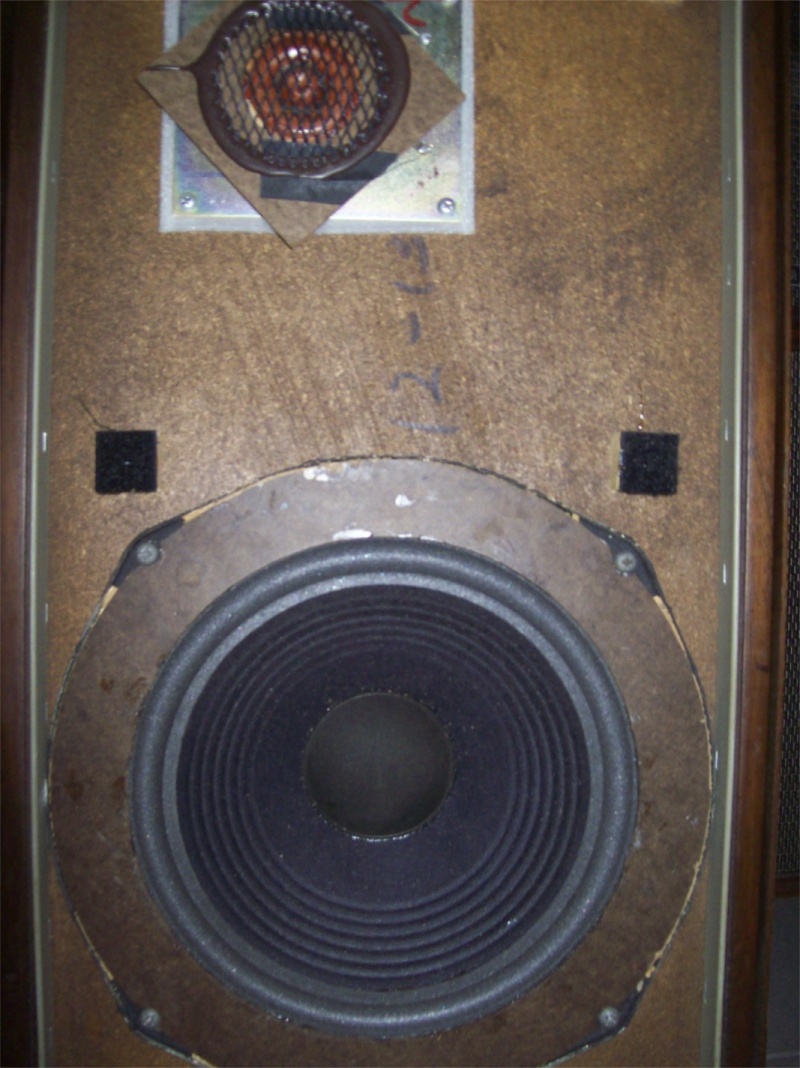

Apple claims it analyses and optimises the performance over 180 times per second, based on the position of the speaker and what’s being played. In the HomePod Mini, it enables computational audio. The brain of the HomePod is Apple’s own S5 chip, also found in the Apple Watch Series 5 (2019) and Apple Watch SE. This is particularly clever compared with Alexa – we find that questions directed at an Echo speaker just a couple of feet away are often answered by a different speaker in another room. Certainly, the HomePod Mini has no issue hearing or comprehending us at any point during testing.Īlso impressive is the way Siri always seems to know which device is being addressed, sensing when an instruction is to the HomePod Mini on the other side of the room even when an iPhone is lying much closer. There are four microphones built into the chassis: three that specifically listen out for the 'Hey Siri' command and a fourth that uses echolocation to ensure you can be heard over background noise or loud music. The driver is held by a suspension system to reduce distortion, and it’s flanked by two passive radiators designed to help create a bigger, weightier sound. Within the HomePod Mini’s spherical, mesh-covered frame is a single, Apple-designed full-range driver that fires sound downwards and out of the 360-degree waveguide around the bottom. At least, it wouldn’t work when plugged into our MacBook Pro, with an angry-looking pulsating orange light indicating the HomePod Mini’s displeasure at being asked to perform on an underpowered port. If you’re wondering whether that means the HomePod Mini can be powered off the USB-C socket of a Mac it can’t. Even the power cable is fixed, terminating at the other end to a USB-C plug that slips into the same 20W wall charger that’s bundled with the company’s higher-end iPads. There are no physical audio connections, either, nor does it support Bluetooth for playback. At its core, though, this is designed as a hands-off affair. A long press, meanwhile, sets Siri to listening mode. A tap of the centre of the panel will pause or resume your music, a double-tap skips forward and a triple-tap skips back. When the top panel is lit, it reveals otherwise near-invisible plus and minus symbols that, when touched, raise or lower the volume. There are no physical buttons on the HomePod Mini. It makes the wraparound lightstrip of the Amazon Echo look as sophisticated and seductive as a set of traffic lights. It’s a classy and alluring touch beyond anything you’ll get from any other similarly priced speaker. The glass panel on the top is opaque when the speaker is inactive, but a swirling orb of coloured light appears when Siri is listening or processing, while a smaller white orb gently oscillates as music plays.


 0 kommentar(er)
0 kommentar(er)
